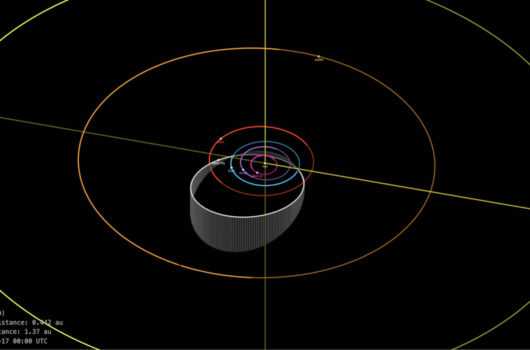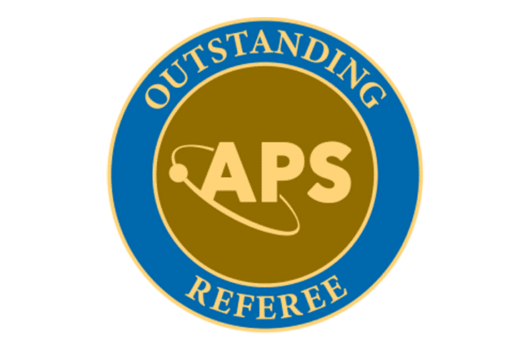The Gallium Neutrino Cross Section and its Uncertainty
The Gallium Neutrino Cross Section and its Uncertainty
View
Abstract
In the recent Baksan Experiment on Sterile Transitions (BEST), a suppressed rate of neutrino absorption on a gallium target was observed, consistent with earlier results from neutrino source calibrations of the SAGE and GALLEX/GNO solar neutrino experiments. The BEST collaboration, utilizing a 3.4 MCi 51Cr neutrino source, found observed-to-expected counting rates at two very short baselines of R=0.791 plus/minus 0.05 and 0.766 plus/minus 0.05, respectively. Among recent neutrino experiments, BEST is notable for the simplicity of both its neutrino spectrum, line neutrinos from an electron-capture source whose intensity can be measured to a estimated precision of 0.23%, and its absorption cross section, where the precisely known rate of electron capture to the gallium ground state, 71Ge(e,nue)71Ga(g.s.), establishes a minimum value. However, the absorption cross section uncertainty is a common systematic in the BEST, SAGE, and GALLEX/GNO neutrino source experiments. Here we update that cross section, considering a variety of electroweak corrections and the role of transitions to excited states, to establish both a central value and reasonable uncertainty, thereby enabling a more accurate assessment of the statistical significance of the gallium anomalies. Results are given for 51Cr and 37Ar sources. The revised neutrino capture rates are used in a re-evaluation of the BEST and gallium anomalies.





